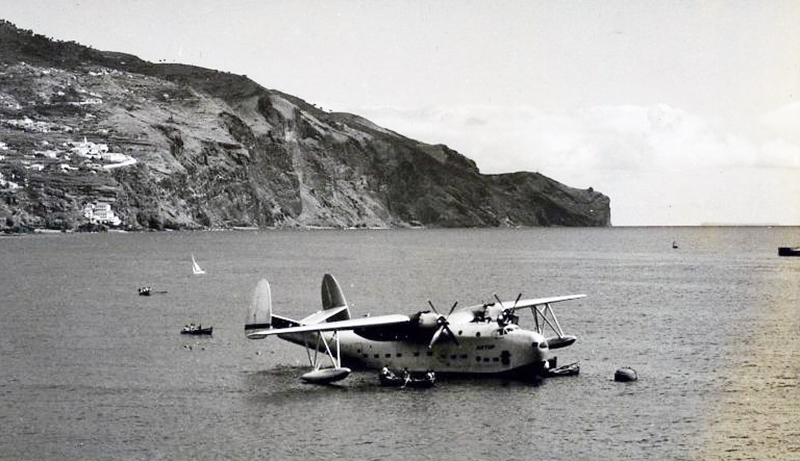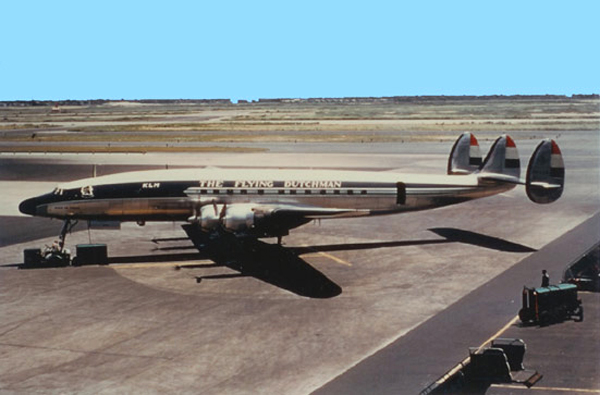Crash of a Douglas DC-7C into the Philippines Sea: 1 killed
Date & Time:
Jul 14, 1960 at 0430 LT
Registration:
N292
Survivors:
Yes
Schedule:
New York – Seattle – Anchorage – Cold Bay – Tokyo – Naha – Manila
MSN:
45462
YOM:
1958
Flight number:
NW1-11
Crew on board:
7
Crew fatalities:
Pax on board:
51
Pax fatalities:
Other fatalities:
Total fatalities:
1
Captain / Total hours on type:
1071.00
Copilot / Total hours on type:
1190
Aircraft flight hours:
9233
Circumstances:
While the flight was en route between Okinawa and the Philippine Islands, the No. 2 engine experienced an appreciable power loss followed by overspeeding of the propeller. The crew instituted emergency procedures but was unable to control or feather the propeller. The propeller separated from the engine with a resulting nose section fire. Attempts to extinguish the fire failed, and the crew elected to ditch the aircraft. The ditching was accomplished at night during a rainstorm and while under Instrument conditions. All 58 occupants, including the 7 crew members, successfully evacuated the aircraft. Of these, 44 suffered minor injuries and one woman passenger died.
Probable cause:
The Board determines that the probable cause of this accident was the internal failure of No. 2 engine, resulting in oil contamination, loss of oil supply, subsequent loss of the No. 2 propeller assembly, and fire-in-flight, which necessitated a ditching.
Final Report:











